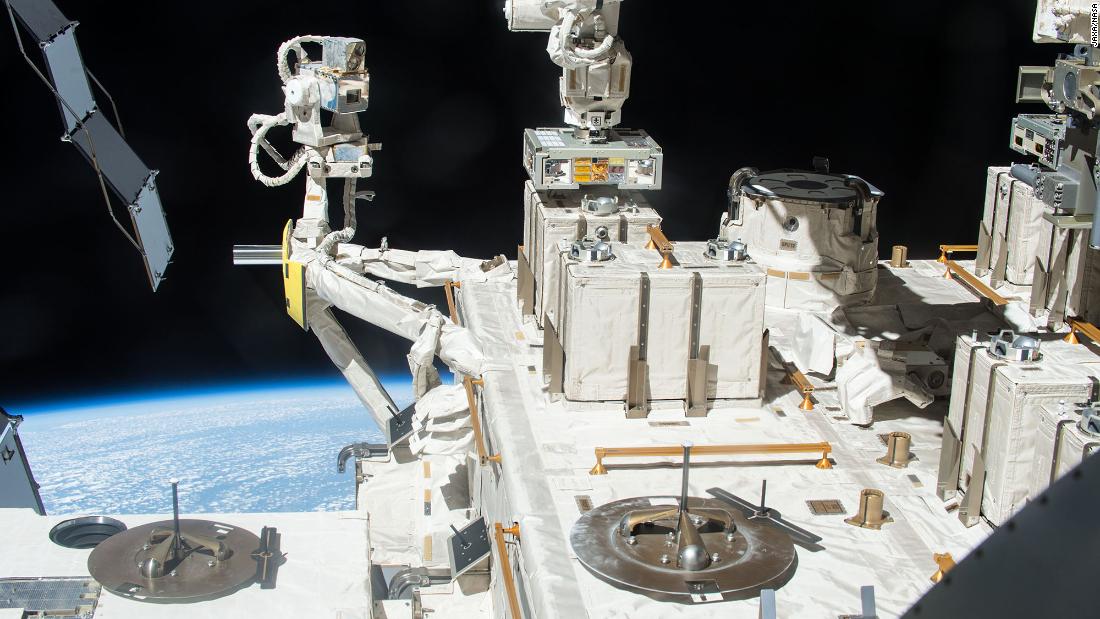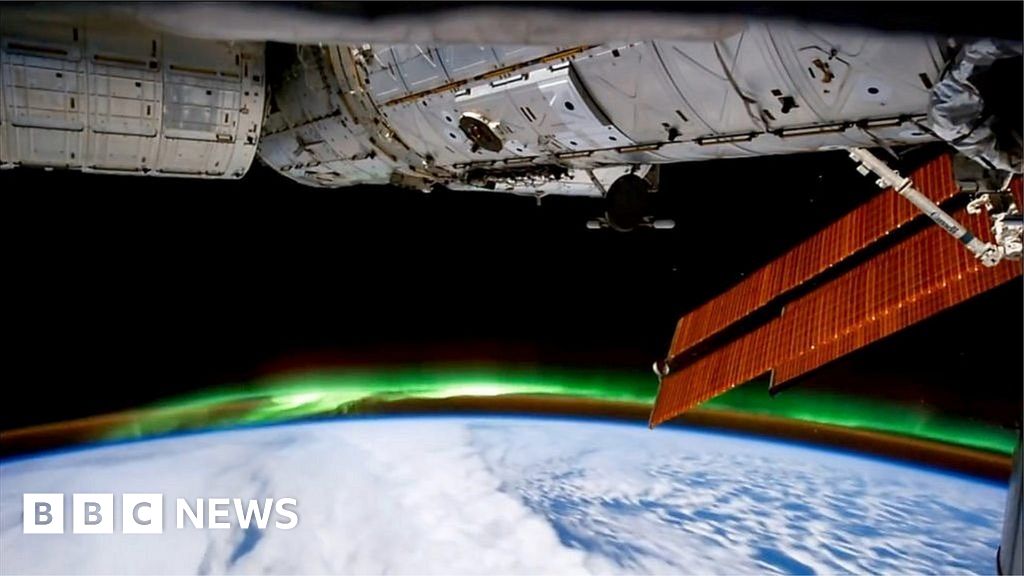Scientists who attached a strain of bacteria to the outside of the International Space Station have been stunned to find it survived for three years, in open space.
Deinococcus bacteria is found on Earth and has been nicknamed Conan the Bacterium by scientists for its ability to survive cold, dehydration and acid. It's known as the most radiant-resistant life form in the "Guinness Book of World Records."
It can resist 3,000 times the amount of radiation that would kill a human and was first isolated in cans of meat subjected to sterilizing radiation.
Study author Akihiko Yamagishi, who is the principal investigator of the Tanpopo space mission, and his team in 2018 used an aircraft and scientific balloons to find Deinococcus bacteria that was actually floating 7.5 miles above Earth's surface.
This caused Yamagashi, also a professor of molecular biology at Tokyo University of Pharmacy and Life Sciences, and his team to wonder if this bacteria, which was resistant to ultraviolet (UV) radiation, could actually survive in space and even the journey to other planets through extreme temperature fluctuations and even harsher radiation.

Bacteria from Earth can survive in space and could endure the trip to Mars
A type of bacteria found on Earth that is highly resistant to radiation and other environmental hazards survived outside of the International Space Station for three years, according to a new study.

'Super bacteria' survive for three years outside space station
Scientists are stunned that bacteria attached to the outside of the International Space Station survived for three years.


